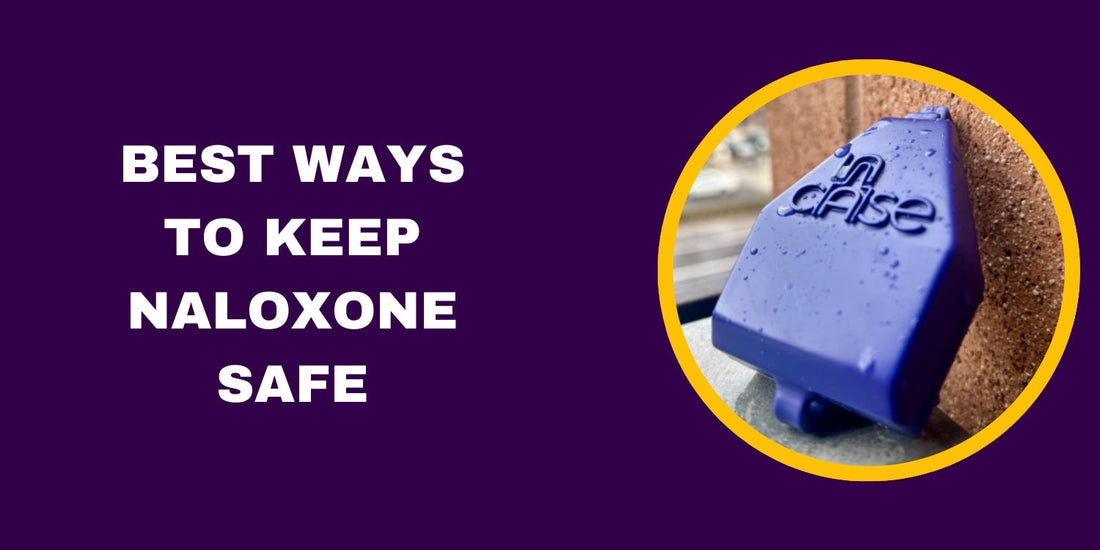
The Best Ways to Keep Naloxone Safe and Ready to Use
Share
Naloxone is a life-saving medication that can reverse opioid overdoses, but proper storage is key to ensuring its effectiveness when needed. Exposure to extreme temperatures, physical damage, or improper handling can reduce its potency, making it less reliable in emergencies. To ensure that naloxone remains safe, accessible, and ready for use, follow these best practices for storage and maintenance.
1. Store Naloxone at the Right Temperature
Naloxone should be kept in a temperature-controlled environment to maintain its potency. The ideal storage range is between 59°F and 77°F (15°C - 25°C).
- Avoid extreme heat or cold – Exposure to temperatures outside this range, such as leaving naloxone in a hot car or freezing temperatures, can degrade its effectiveness.
- Use an insulated carry case – If you live in an area with fluctuating temperatures, an insulated naloxone case can help regulate exposure.
- Check for temperature-sensitive labels – Some naloxone kits include indicators that show if they’ve been exposed to extreme conditions.
2. Protect Naloxone from Physical Damage
Naloxone, especially intranasal spray formulations like Narcan, is sensitive to physical impact. The plastic components can crack or malfunction if crushed or dropped.
- Use a crush-resistant carrying case – A hard-shell case can protect naloxone from being damaged in bags, pockets, or first-aid kits.
- Keep it separate from other medical supplies – Store naloxone in a designated compartment to prevent accidental damage from other items.
3. Keep Naloxone in an Easily Accessible Location
In an overdose emergency, every second counts. Naloxone should be stored somewhere you can quickly grab it without searching.
- Carry it daily – A keychain naloxone case or belt pouch ensures you have naloxone on hand at all times.
- Store extra doses in common areas – Keep naloxone in cars, first-aid kits, workplaces, and near emergency exits where overdoses are more likely to occur.
- Let others know where it is – If you live with others, inform them of naloxone’s location so they can administer it if needed.
4. Check Expiration Dates Regularly
Naloxone has an expiration date, usually 18-24 months after manufacture. While expired naloxone may still work, its potency may be reduced.
- Check the expiration date monthly and replace naloxone when it expires.
- Request replacements from pharmacies or harm reduction programs before expiration to ensure you always have a fresh supply.
5. Carry Naloxone in a Purpose-Built Case
Using a dedicated naloxone carry case is the best way to ensure it remains safe, undamaged, and accessible. A high-quality case should be:
- Crush-resistant to protect against accidental damage.
- Waterproof or water-resistant to prevent exposure to moisture.
- Insulated to maintain temperature stability.
- Compact and portable for easy daily carrying.
Best Option: N-Case Technologies Naloxone Carry Case
Final Thoughts
Keeping naloxone safe and ready for use is just as important as carrying it. By storing it at the right temperature, protecting it from damage, keeping it easily accessible, checking expiration dates, and using a quality carry case, you can ensure that naloxone is effective when needed most.
Overdose emergencies can happen anywhere, at any time. By properly storing and carrying naloxone, you are prepared to save a life.


